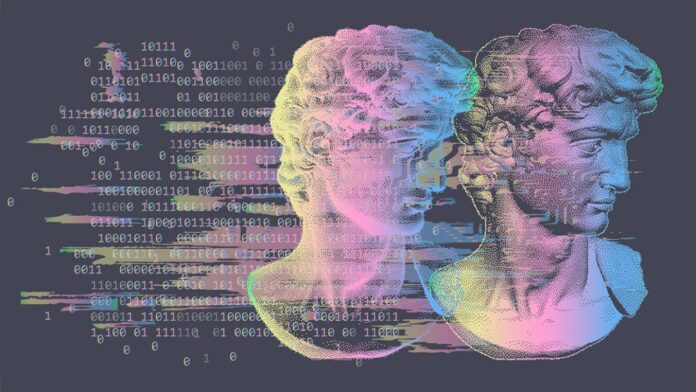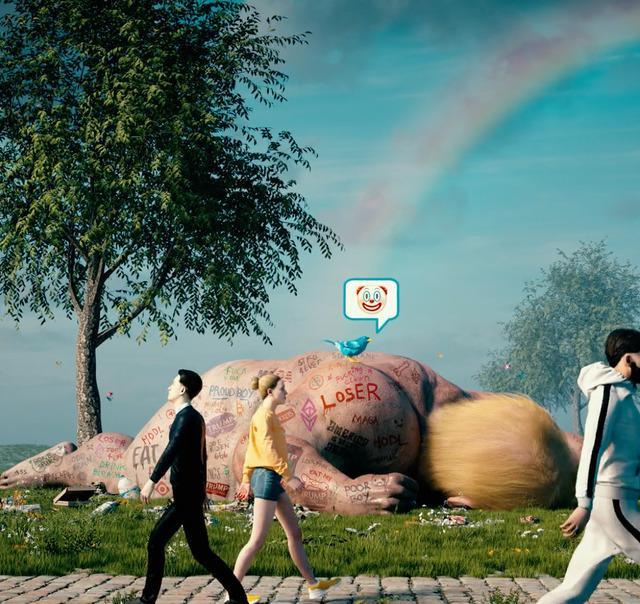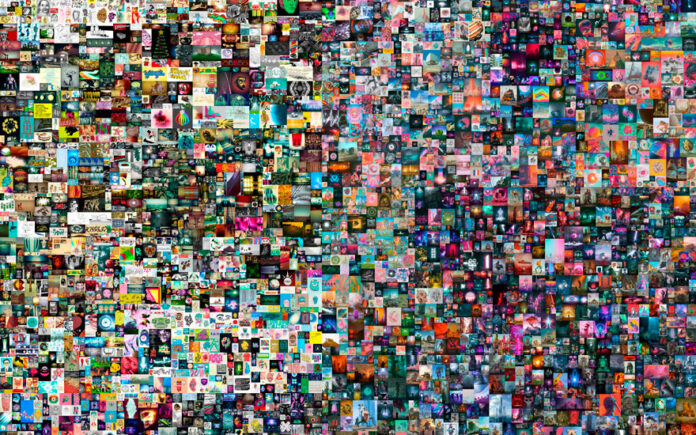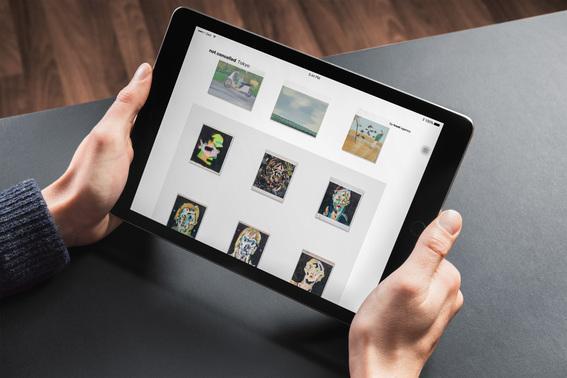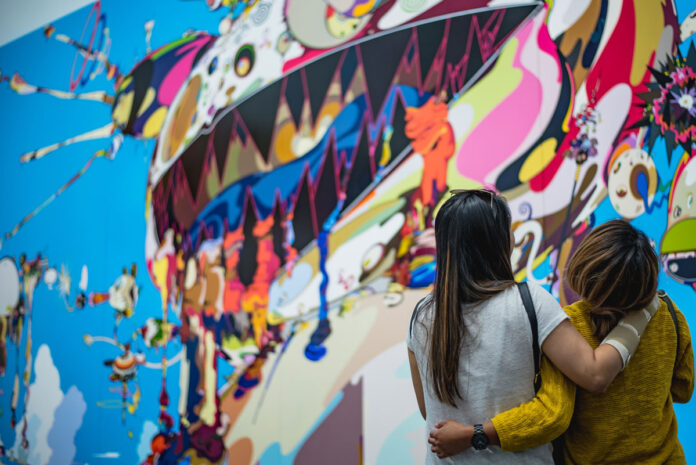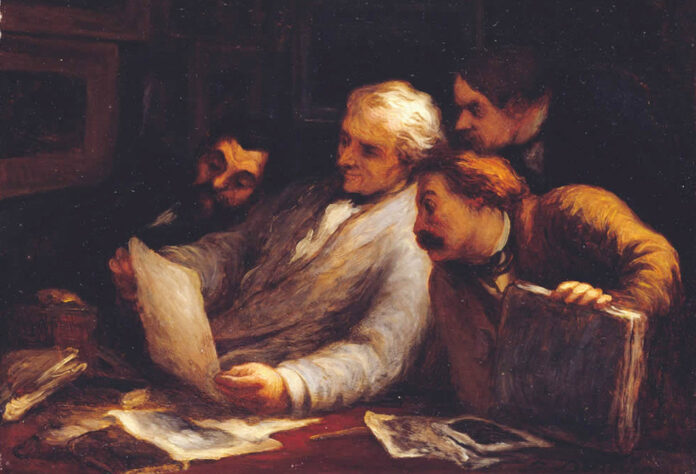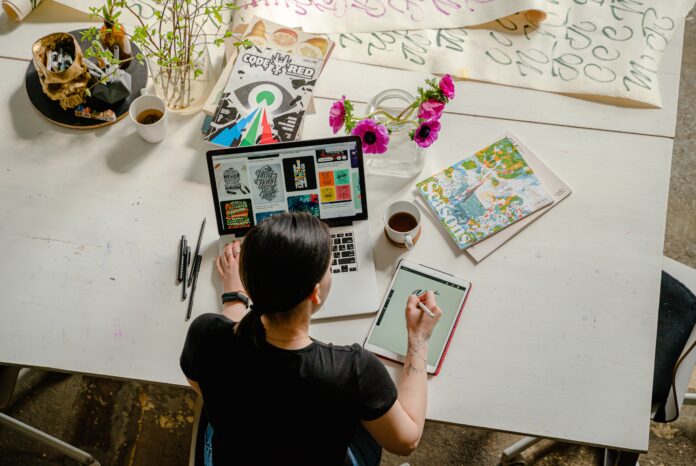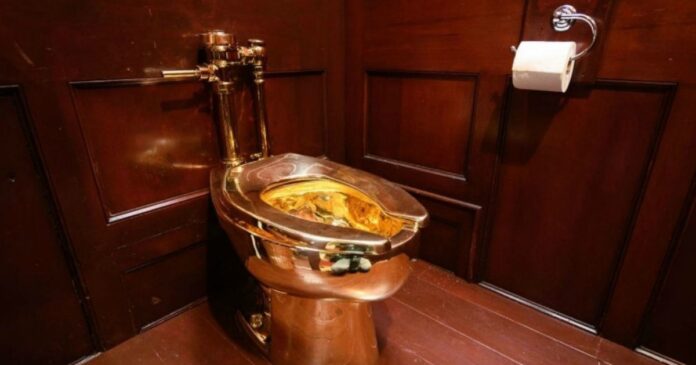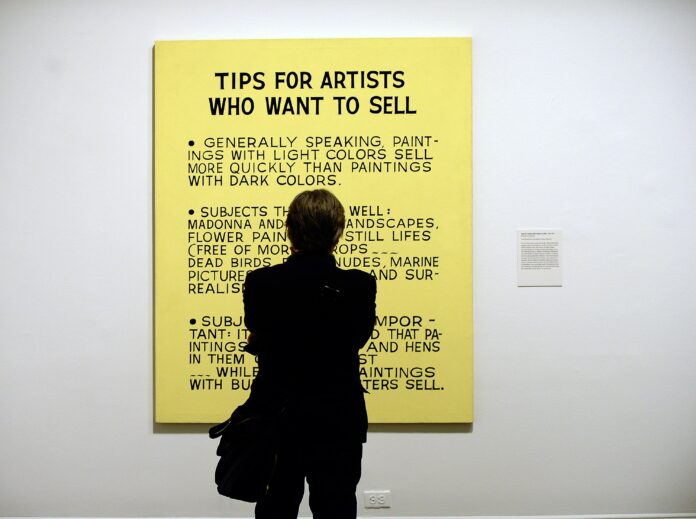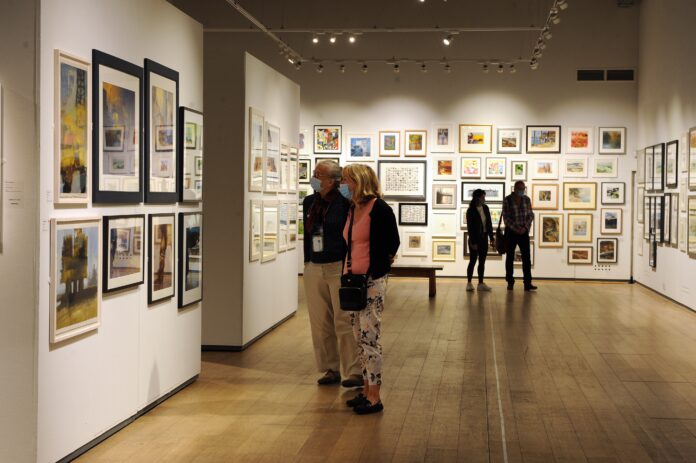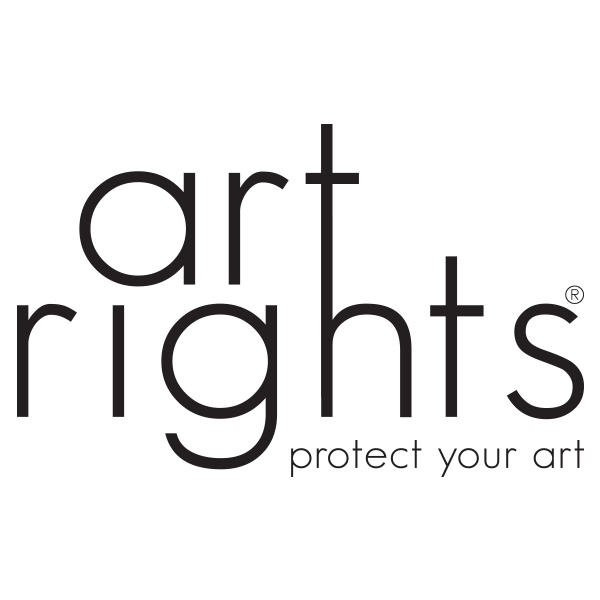The Crypto Art Market
The digital art market is the future: transparent, secure, and multi-million dollar.
This is the value of the Crypto Art market according to the Cryptoart.io platform.
Before the advent of Blockchain technology, it was nearly impossible to assign a market value to Crypto Art works given their ease of duplication and reproduction.
However, today we are witnessing the development of a new digital art market, extremely different from the traditional one, but still safe and transparent thanks to the Blockchain and NFT tokens that, since they cannot be reproduced, copied or stolen, become guarantors of authenticity and origin of the digital work.
The new digital art markets, in fact, are gaining more and more credit and success, so much so that the most famous crypto artists have reached stellar quotations on par with the most acclaimed contemporary artists.
Think of “Everydays -The First 5000 Days”, a work created by Beeple or Mike Winkelmann, already recordman of crypto art, sold at auction by Christie’s sold for over 69 million dollars.
The “Drop”, or the putting up for sale of the work in crypto jargon, had an extraordinary relevance because, for the first time in history, a major auction house decided to put up for sale a Not Fungible Token, thus sanctioning the importance of the digital art market.
Another case of excellence is that of Nyan Cat, one of the most beloved animated gif created by Chris Torres in 2011, sold at auction for 300 Ethereum, equivalent to about 590 thousand dollars.
On this market there is no shortage of Italy with the duo Hackatao, whose 546 works have generated transactions for over 6 million dollars.
In the news, their latest collaboration with Argentine illustrator Josì Delbo, which earned 1.5 million in 15 minutes on the Makersplace platform.
Unlike the traditional art market that has always been recognized as opaque and unregulated, the watchword for the digital art market is transparency.
Through the blockchain registry, in fact, it is possible to perform the function of timely tracking of past and future transfers of each work to protect the provenance and authenticity of the works of art.
Among the platforms that use the Blockchain to support Artists, Collectors and Industry Professionals we find Art Rights, which allows to manage and certify artworks, including digital ones, through a unique validation system in total privacy and security.
The question now arises: how will the institutional art system react to the revolution taking place, where Crypto Artists together with collectors follow dynamics distant from the traditional one?
And you, are you familiar with the Crypto Art market?
Photo Credits: Shutterstock

